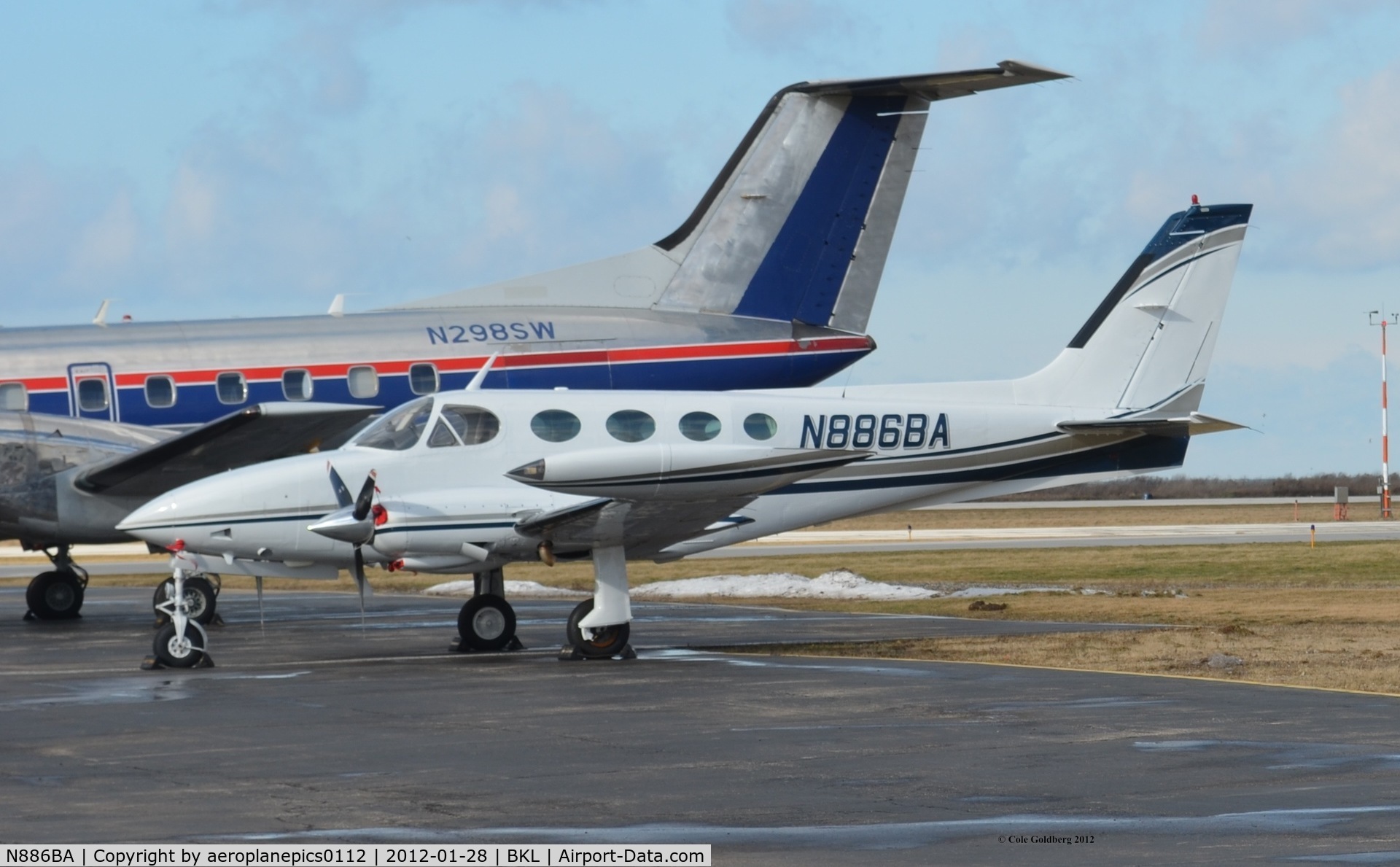fiveoboy01
Pattern Altitude
This evening I was doing touch and goes in an Archer. I just got checked out in it last week, but wanted to get a few more laps in it with an experienced Piper driver to get a bit comfortable with the airplane, so I took an instructor.
We were doing right hand patterns off 21 at MSN. At one point I am a ways past the numbers, around the 45 degree mark. One notch of flaps in and slowed down a bit, descending. Here's the exchange as well as I can recall it...
Tower - Archer 62S, Challenger departing runway 21, base turn your discretion, traffic is a(forget but it was a twin Cessna of some sort) on a 5 mile final, runway 21 cleared touch and go, caution wake turbulence.
Me - Challenger in sight, turning base, clear touch and go, 62S
I didn't delay my base turn. Turned base, then final. On the PAPI, about 80 knots, starting to slow to 70.
I'm probably less than 1 mile final now:
Tower - Archer 62S, make a right turn to the east.
I'm not expecting this and to make matters worse, a right turn is to the west, not the east. So I ask for clarification on direction of the turn.
Tower - Archer 62S, turn to the West right now.
So I read it back, added full power and made a climbing right turn. My memory escapes me as to when I retracted the flaps, but at some point on re-entering base for the same runway I deployed them again.
Anyways nothing else was said except as I was on the "crosswind" and climbing, the tower told me to re-enter the right downwind for 21 and cleared touch and go.
The instructor asserted that the tower screwed up and mis-judged the situation but here is why I ask if I maybe share some blame:
When the tower said there was a twin on a 5 mile final and I could turn base(wasn't even on it yet), in the back of my head I thought that maybe was kind of close. I however figured that the tower had the separation figured out(apparently they didn't). So I "followed directions".
I'm wondering if I should have just offered to extend and let the twin pass off my right wing and then follow it in.
What say you guys? MSN is a class C airport so they do have radar.
Unfortunately there is no recording, looks like the Live ATC feed is down for that time period.
We were doing right hand patterns off 21 at MSN. At one point I am a ways past the numbers, around the 45 degree mark. One notch of flaps in and slowed down a bit, descending. Here's the exchange as well as I can recall it...
Tower - Archer 62S, Challenger departing runway 21, base turn your discretion, traffic is a(forget but it was a twin Cessna of some sort) on a 5 mile final, runway 21 cleared touch and go, caution wake turbulence.
Me - Challenger in sight, turning base, clear touch and go, 62S
I didn't delay my base turn. Turned base, then final. On the PAPI, about 80 knots, starting to slow to 70.
I'm probably less than 1 mile final now:
Tower - Archer 62S, make a right turn to the east.
I'm not expecting this and to make matters worse, a right turn is to the west, not the east. So I ask for clarification on direction of the turn.
Tower - Archer 62S, turn to the West right now.
So I read it back, added full power and made a climbing right turn. My memory escapes me as to when I retracted the flaps, but at some point on re-entering base for the same runway I deployed them again.
Anyways nothing else was said except as I was on the "crosswind" and climbing, the tower told me to re-enter the right downwind for 21 and cleared touch and go.
The instructor asserted that the tower screwed up and mis-judged the situation but here is why I ask if I maybe share some blame:
When the tower said there was a twin on a 5 mile final and I could turn base(wasn't even on it yet), in the back of my head I thought that maybe was kind of close. I however figured that the tower had the separation figured out(apparently they didn't). So I "followed directions".
I'm wondering if I should have just offered to extend and let the twin pass off my right wing and then follow it in.
What say you guys? MSN is a class C airport so they do have radar.
Unfortunately there is no recording, looks like the Live ATC feed is down for that time period.


